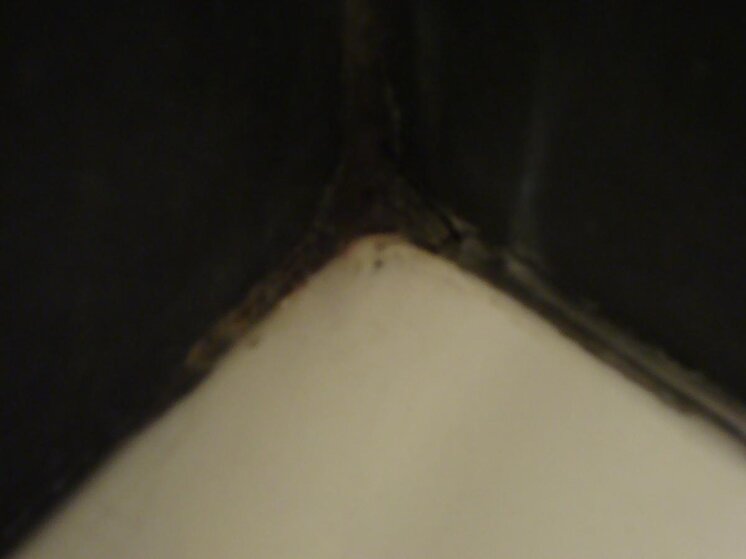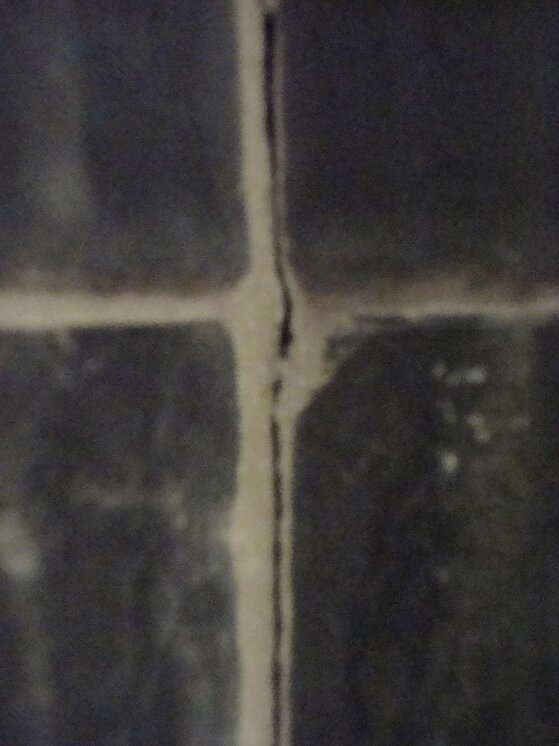M
Mcarey
Hi,
We've just bought a house, and have a ten month old demanding baby . The previous owners had a flood and the bathroom was redone. It has a slate floor and shower( slate walls). The grouting is cracked in the shower, and it leaks through the kitchen ceiling when running for too long- is this due to the cracked grout, or should there be something behind the tiles to stop this? The slate doesn't appear to be sealed and the bathroom now has lots of white marks I can't get rid of, what should I do? Any help massively appreciated. Anything that takes a long time is somewhat hard due to my little one, and I feel a bit stuck.
. The previous owners had a flood and the bathroom was redone. It has a slate floor and shower( slate walls). The grouting is cracked in the shower, and it leaks through the kitchen ceiling when running for too long- is this due to the cracked grout, or should there be something behind the tiles to stop this? The slate doesn't appear to be sealed and the bathroom now has lots of white marks I can't get rid of, what should I do? Any help massively appreciated. Anything that takes a long time is somewhat hard due to my little one, and I feel a bit stuck.
We've just bought a house, and have a ten month old demanding baby









